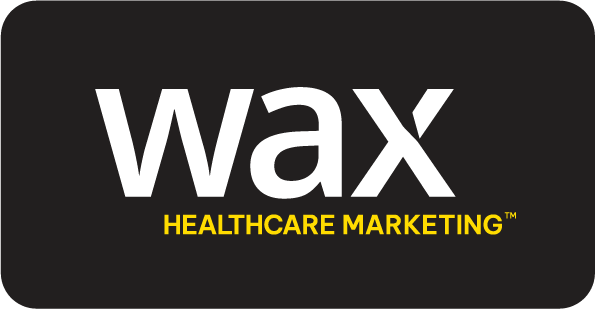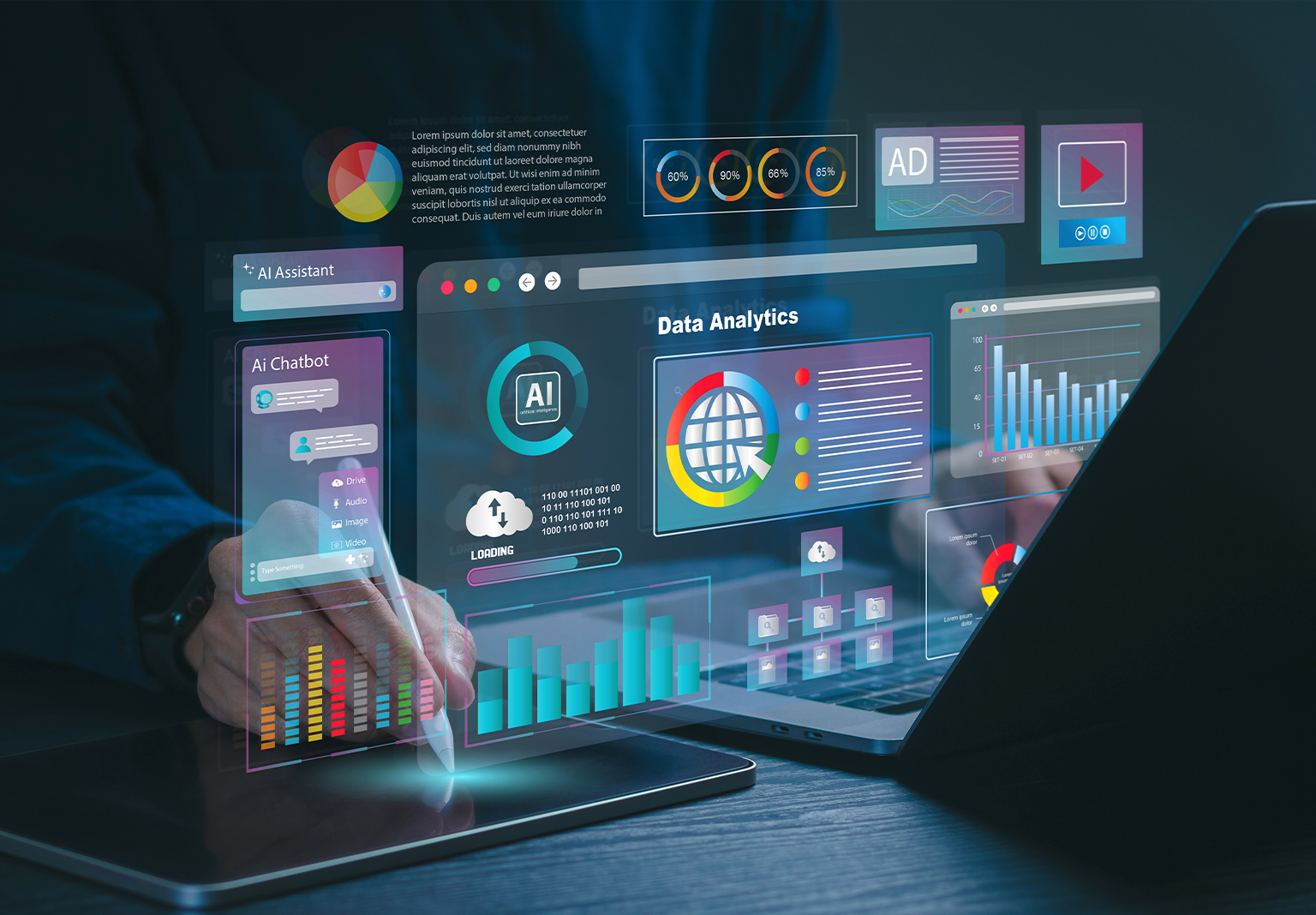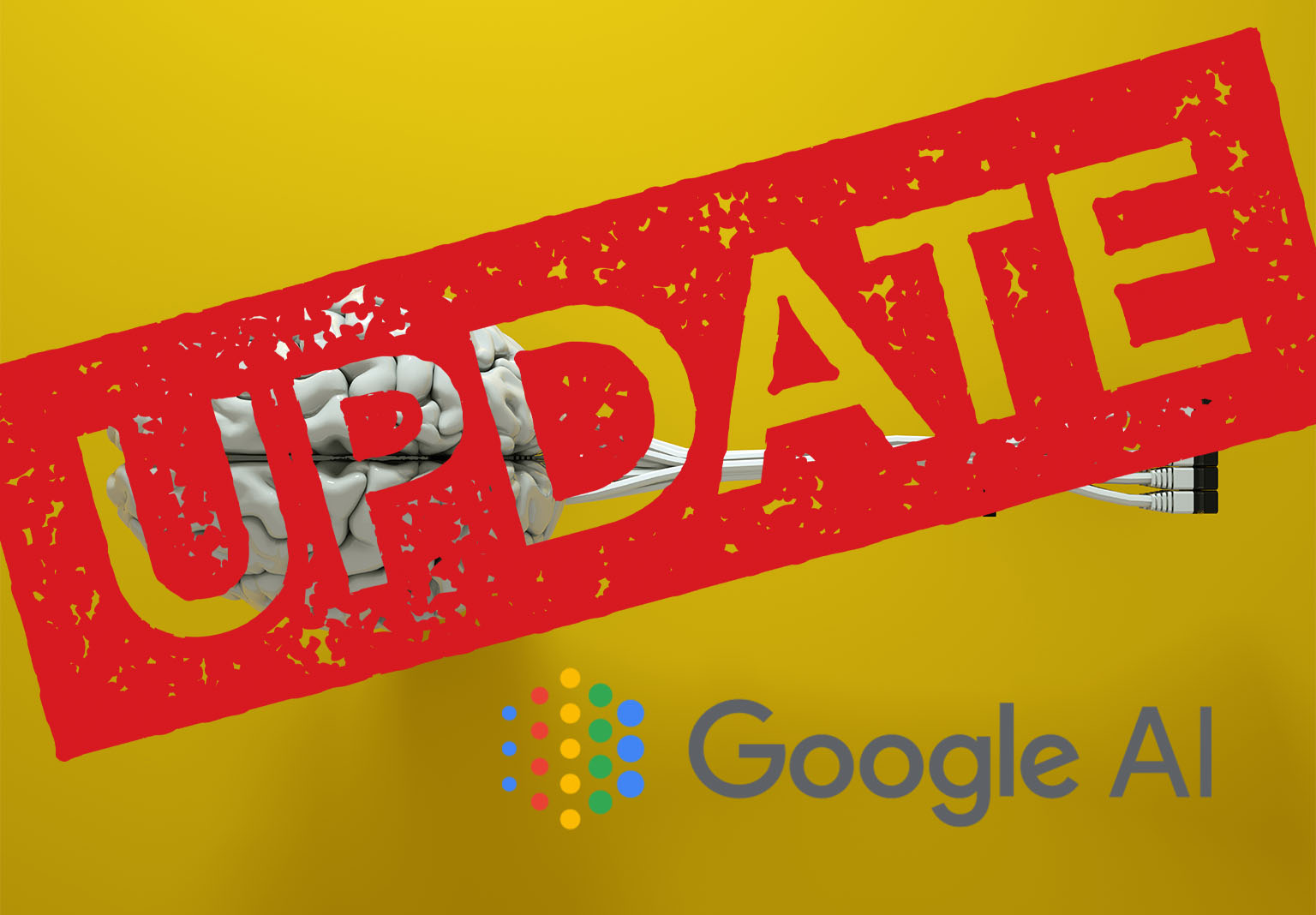AI is reshaping healthcare. In Deloitte’s 2025 Global Health Care Outlook, a staggering 90% of C-suite executives across the U.S. and Europe predicted an acceleration in digital adoption this year. And they’re not just talking about it – they’re investing in it. Seventy percent are pouring resources into transformative technologies, with generative AI leading the charge. The future of healthcare is here.
Meanwhile, almost half of marketers in a 2024 Marketing Week survey said they are using AI in their current roles, and that number continues to grow. How are they using AI? The top answers were market research (46%), followed by producing campaign assets (44%) and optimizing creative during campaigns (43%). If you’re not already using AI, you’re falling further behind every day.
Here are five ways pros are using it today:
- Faster market research: Think keyword and key phrase research, building personas and analyzing competitive gaps. These all take up a good chunk of busy marketers’ time. AI can be especially useful for summarizing the results of surveys or panels and for grouping responses into categories so you can get quicker insights. Or, for added efficiency, start by asking AI to give you insights from the data. Then use your experience to put your own spin on it. You’ll be able to go further, faster than ever before.
- Brainstorming shortcuts: Any creative pro knows it’s easier to edit than face a blank page. AI-generated suggestions (headlines, taglines, or outlines of blog posts, for example) give your team a starting point for any campaign. A 2024 study found that writers given access to AI came up with more creative story ideas than those writers working alone. (But overall, the AI-assisted stories were more similar to each other than the human-only stories were.) The lesson: AI excels at iterating on ideas – you take it from there. Got a successful campaign and want to do a follow-up? Ask for variations on that theme and use the AI’s responses as a jumping-off point for brainstorming.
- More, and different: AI tools are also handy editors. And unlike humans, they aren’t bored by repetitive tasks. Put AI to work rewriting your expertly crafted content at a range of reading levels so you can reach patients with different educational backgrounds. Or give AI an article you have tailored to healthcare practitioners. It can quickly translate your copy for a general audience by simplifying language and adding analogies.
- What did they say? AI transcripts and summaries can be a huge time-saver when you’re pulling content from podcasts and videos. As always with AI, though, double-checking is necessary. Today’s AI tools are remarkably good, but they still make mistakes, especially with medical vocabulary and healthcare industry jargon. Still, you can save a remarkable amount of time by using the technology to synthesize themes and generate insights.
- Precision graphic design: Your existing creative, especially if you are using A/B testing, has probably already generated tons of performance data. Feeding it into an AI tool is a terrific way to uncover insights into what performs best for you across different channels. Given proper inputs, AI can also predict how well new creative will perform in different channels before you use them. Now you have a data-driven way to choose between distinct options.
Where else does AI fit in healthcare digital marketing? Check out these emerging use cases.
- Trend following: AIs are trained to recognize patterns, and patterns are everywhere in our data-rich organizations. AI tools can actively monitor Google Analytics and social data for current trends, flagging rising queries that your team can answer through posts, FAQs, and social videos before they hit their peak popularity.
- Patient segmentation: There are many patterns waiting to be found in deidentified patient data. AI tools excel at sorting data into categories, including by demographics, health conditions, or digital engagement history. Once the data is segmented, identify what questions or challenges patients with a common condition tend to face. Then you’re set for hyper targeted email campaigns encouraging these patient groups to make vaccine appointments, schedule follow-up tests, and more.
- Automated transcription: AI-powered transcripts of phone calls to your organization, grouped and analyzed by AI, will reveal pain points for patients. Now you can start addressing these pain points through operational changes, targeted communications, or both. (Just be careful about how you handle PHI that might be disclosed on the calls.)
- Sentiment analysis: Sifting online reviews with AI is another fantastic way to uncover communications opportunities that make a significant difference. That could be internal communications to help staff understand what they can do to fix issues, for example. Patterns of complaints can also inspire proactive patient campaigns to make processes and procedures easier to understand. Either way, the result is more satisfied patients.
- Get fresh eyes on your site: Your web copy makes sense to you, but what about someone with no experience with your organization? Give an AI tool detailed patient personas and then ask it to read web pages from those patients’ perspectives. What is missing that the patient needs to know? Are there gaps where patients might get lost? AI feedback can point you to pages that need your attention.
- Here come the AI agents: These tools – basically, AI that can use the web – are set to go widespread in 2025. An AI agent can gather data from Google Analytics and social platforms each morning, analyze it, and send your team a report giving them an instant readout on how your campaigns are performing. That gives you the information to push forward with successful efforts and cut out underperforming experiments.
Watch out for these AI dangers:
- Privacy lapses: Healthcare organizations, of course, are legally required to protect patient information. That means no protected information – including patient notes or doctor-patient communications – can be input in an AI tool that doesn’t come with a BAA, or business associate agreement, with your company.
Make sure you have clear policies in place so that everyone on your team knows how to use AI safely and responsibly.
- Trustworthiness: AI tools are already much more reliable than they were when they first debuted. But most experts agree that hallucinations – basically, making things up – will be a part of AI for a while yet, possibly forever. Quality control is always essential when your team is working with AI in any form. Before anything goes out the door, it must be fact-checked by an experienced human.
- AI fatigue: This is a real concern on two fronts: consumers and your own team.
First, 55% of U.S. consumers in an August 2024 survey were able to tell ChatGPT-generated copy from a human-written article on the same topic. And 52% said they feel less engaged when they suspect they are reading AI-generated text. You want everything you produce to be engagingly human.
Second, the race to keep up with the latest changes in the AI space can take a toll on your team as well. A Survey Monkey poll of marketers found that the majority (69%) were excited about AI, but 14% were worried, and 17% said they were both worried and excited. Step back and get a strategic look at your operation. Then deliberately select a few pilot projects to explore use cases.
It’s imperative not to leave people behind, either. Give everyone on your team a chance to learn how AI tools work so they can update their skills. One way to help make that happen is to have more experienced AI users on your team share effective prompts that they use. Another way to balance the load: Assign different team members to become SMEs on separate pieces of the AI landscape, so no one feels stretched too thin.
Overwhelmed? You don’t have to do it alone.
WAX has been leveraging AI to enhance our clients’ healthcare marketing strategies since long before ChatGPT. Our proprietary methodology and data science intelligence analyzes critical dimensions – patient intent, sentiment, and urgency – throughout the care journey. Then we deliver precise, highly targeted campaigns that resonate with patients. As AI continues to evolve, our expertise in AI-driven strategies will make sure your healthcare brand is at the forefront with patients.
Reach out to WAX today and let us transform your healthcare marketing strategy. We’ll ensure your brand thrives in this new landscape.










